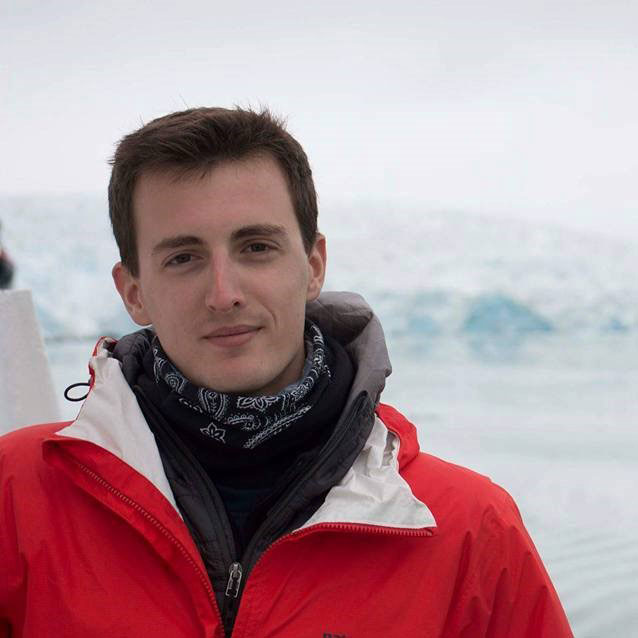Billefjorden’s benthic biodiversity: the impact of glacier retreat on faunal communities in a high Arctic fjord
[Published 19 May 2025]
Scientific Publications
Abstract
Glaciers cover approximately 60% of the Svalbard archipelago, but despite extensive research on Svalbard’s glaciers and their retreat, little is known about the effect of glaciers with different termination points on fjordic benthic communities in the Arctic. Billefjorden, Svalbard, includes bays influenced by runoff from inland glaciers and Nordenskiöldbreen, a glacier that, due to retreat, has split into a marine- and a shore-terminating side since 2017. We investigated the benthic faunal community composition in relation to environmental factors (bottom water temperature and salinity, TOC, percent pelite and sediment pigments) within Billefjorden to examine the effects of inland glaciers, a shore-terminating glacier, and a marine-terminating glacier on benthic communities. Despite their close proximity, the different locations displayed distinct community parameters and environmental conditions. Specifically, the strongly glacier-influenced locations were less diverse and had lower faunal abundance compared to the location with minimal glacier influence, likely due to higher sedimentation rates and lower food availability. The marine-terminating glacier side had a particularly sparse community, likely due to high turbidity and food deprivation. Our results suggest that glaciers and their retreat impact local-scale environmental factors which drive differentiation of benthic communities over small spatial scales within a single fjord system.
FACE-IT Scientists:
Víctor GONZÁLEZ TRIGINER
University Centre in Svalbard (UNIS), Longyearbyen, Norway
Victor’s FACE-IT Projects
Role in FACE-IT:
• PhD student "Biodiversity Changes"
• PhD student "Ecosystem Function Changes"
ARUNIMA SEN
University Centre in Svalbard (UNIS), Longyearbyen, Norway
Nord University, Bodø, Norway
ResearchGate
Role in FACE-IT:
• Researcher "Identify Key Drivers and Data Management"
• Researcher "Biodiversity Changes"
• Researcher "Ecosystem Function Changes"



